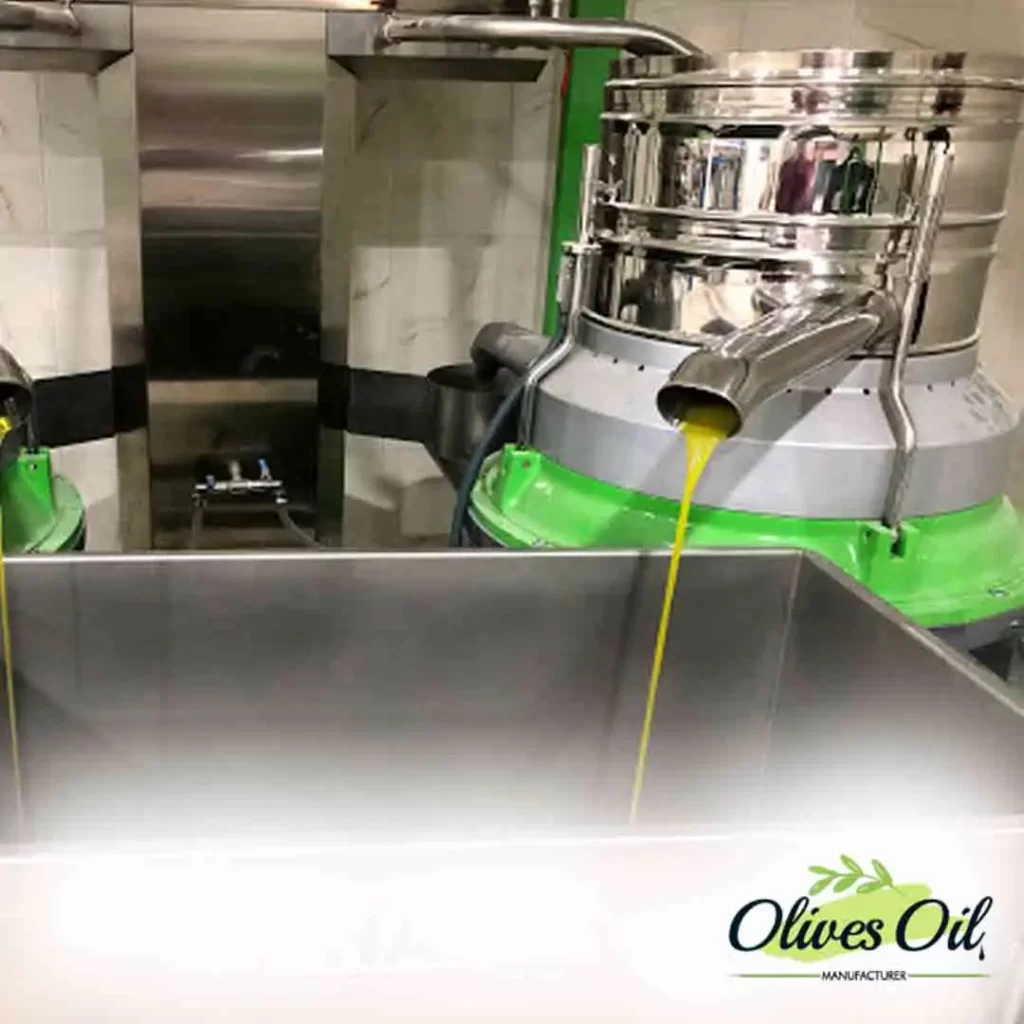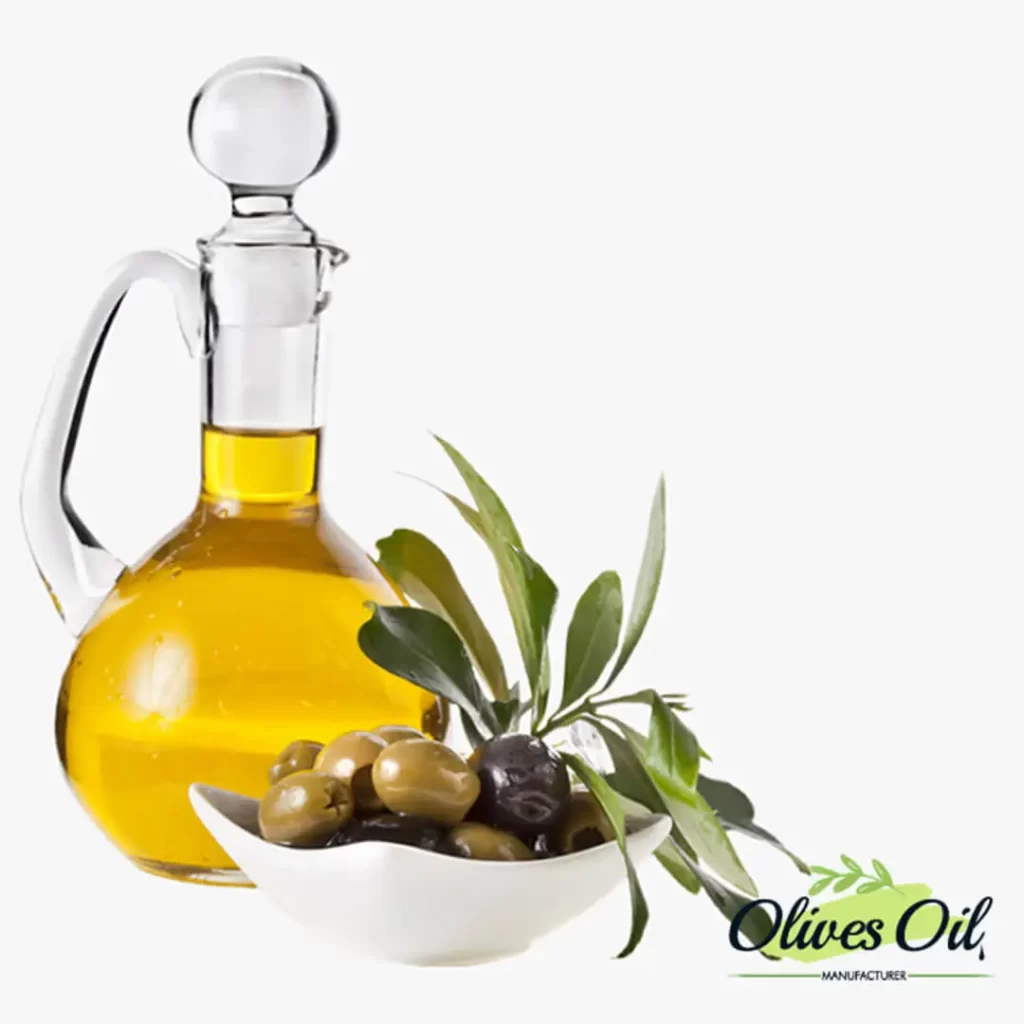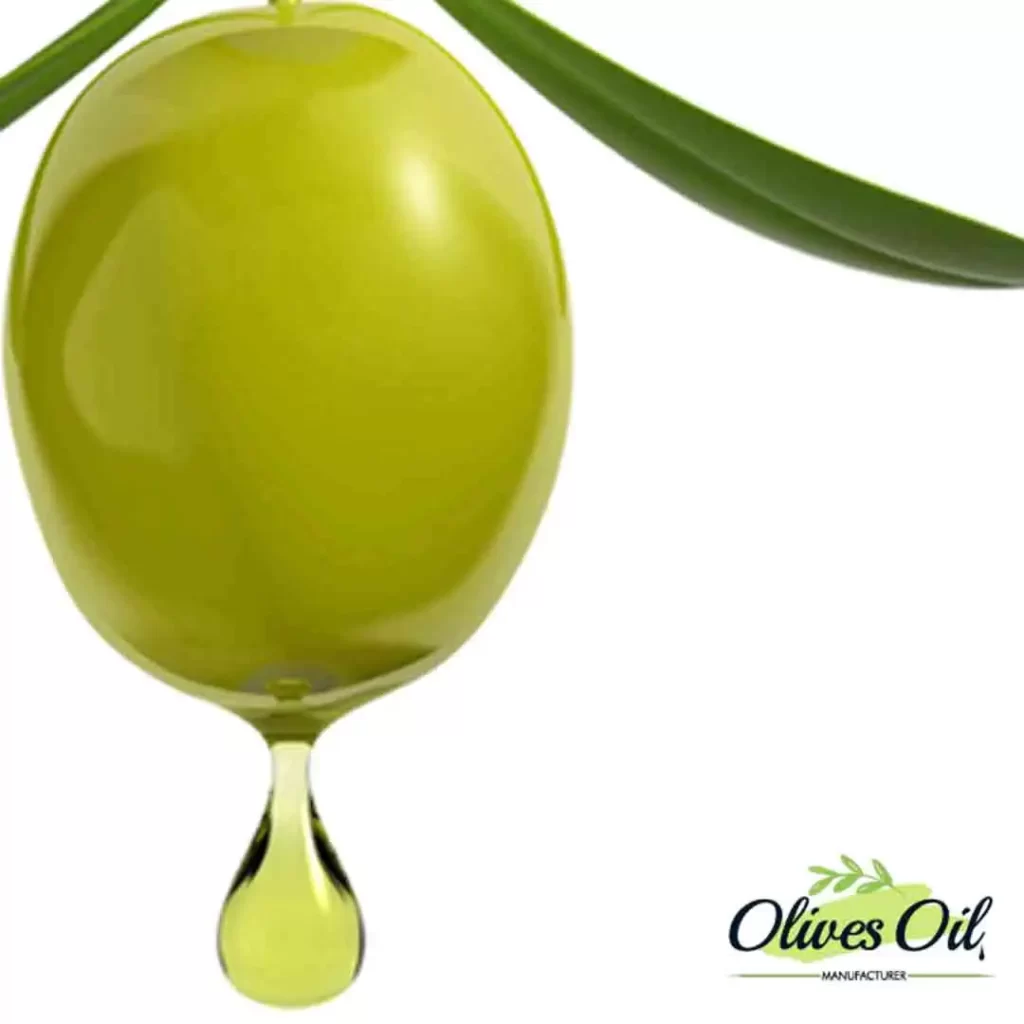Olive oil types; The adventure starts through bud to flower, flower to grain and from there to olive oil collection. Factors such as; the degree of cold weather in winter, the amount of rain falling in spring, summer heat, and the measures against the olive cause olive oil to classify separately because it affects the acidity of olive oil.
In addition, before the olive harvest begins, the olives that fall to the bottom of the olive tree by themselves will be more acidic. So, they should be collected separately, not mixed with the olives collected from the branch and converted into oil separately. In this respect, the acid rate of 100 g olive oil when measured in the laboratory is the main determining factor in these classifications.
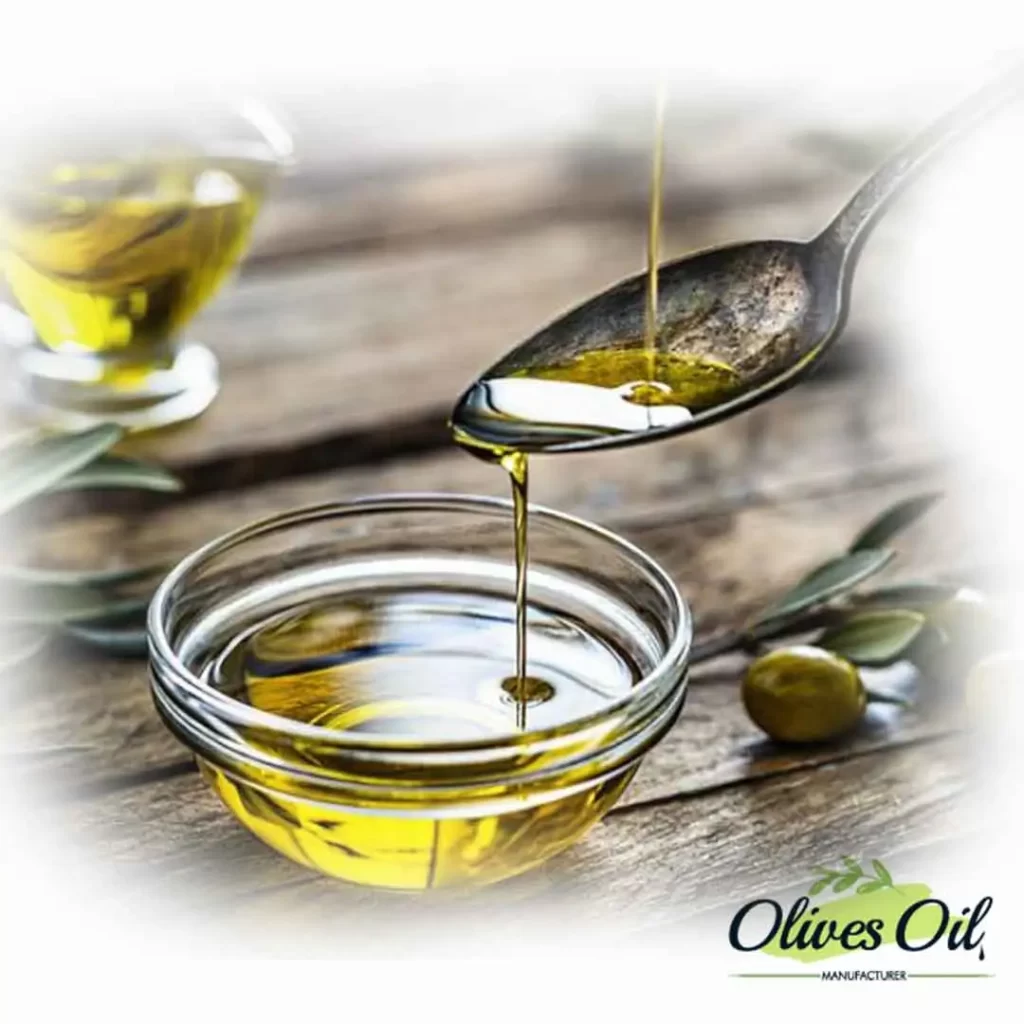
Natural Olive Oil
Natural olive oil: The olive trees, which are regularly and systematically maintain without interruption, vary according to the region. But, are generally harvesting at the end of October, like the beginning of November, and are ready for direct consumption. We obtain by using only mechanical or traditional methods without using any chemical processes in the olive oil squeezing factory.
Extra Virgin Olive Oil
Extra virgin olive oil is the type of olive oil with the highest market share in the olive oil group. One of the most frequently asked questions about extra virgin olive oil; properties of extra virgin olive oil, benefits of extra virgin olive oil, virgin olive oil or riviera? main questions arise.
Properties
Free fatty acidity; It is a fat group of not more than 0.8 in 100 grams of oleic acid. Due to its low acidity, it has a dominant aroma and leaves a slight bitterness in the throat when tasted.
Usage areas
Due to its high aroma and low acidity, natural extra virgin olive oil consumption is mainly at breakfasts and salads.
Virgin Olive Oil
Natural virgin olive oil; mechanical methods and free fatty acidity of olives collected from the branch; It is an olive oil group that is between 0.8 and 2.0 in 100 grams in terms of oleic acid. Firstly, the production of Olive Oil is just like Extra Virgin Olive Oil. Secondly, the only difference is that the acid rate is slightly higher. The Turkish Food Codex Communiqué on Olive Oil and Olive Pomace Oil has an acidity ratio of less than 2.0. There is no harm in its use.
Usage areas
It is suitable for direct use as it is a type of olive oil obtain by using mechanical methods without exposuring to any chemical treatment. The main usage is in breakfast dishes and salads, as well as in olive oil dishes.
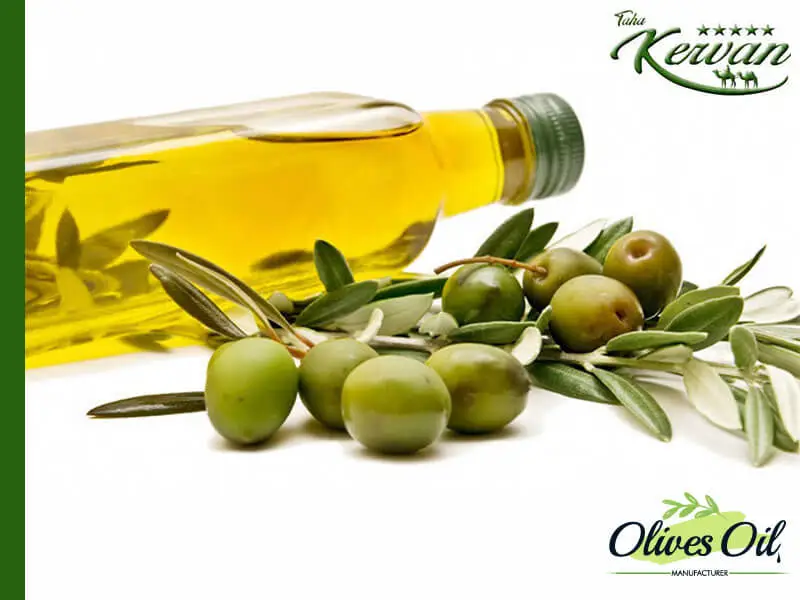
Early Harvest Olive Oil
It is a natural extra virgin olive oil group with a high fruity aroma and low acidity, obtained as a result of squeezing the olives collected while the olive grain is still green, at the end of September and the beginning of October as the harvest period.
What is the difference between ripe harvest and early harvest olive oil?
Although olive trees vary regionally, they are generally harvested at the end of October and beginning of November, this harvest period is called the ripe harvest period because the fruit ripens well. The yield of olives collected during the harvest in this period is considered quite good. Although it differs according to the type of olive tree, in general, We obtain 1 kg of olive oil is from 5 kg of ripe olives.
Early harvest, on the other hand, has taken this name because it harvested in October, when the olive is still green, that is, when it has not reached full maturity. Since the olive grains harvested early are not fully oil, the olive oil yield is low. Generally, you can get 1 kg of olive oil from 7-8 kg of olives. For this reason, its price is higher than olive oil obtained during the normal ripe harvest period.
Usage areas
Early harvest olive oil leaves an intense olive fruit flavor on the palate when tasted. Due to its low acidity, it is consumption is popular in breakfasts and salads.
Cold Pressed Olive Oil
The first rule is to process the olives collected during the normal harvest period on the same day. The second rule is that hot water is applicable when the olives passing through the crusher pass to the pulp section and to separate them from the pulp with black water in the decanter.
If you apply the hot water in these two sections is 27°C and below, the olive oil squeezing process is cold pressing. If the temperature of the water is around 35-40°C, it is hot pressing.Olive oil obtained by cold pressing method is rich in polyphenols and minerals. Due to the low temperature of the applicable water, less olive oil separation, and accordingly the price of cold-pressed olive oil is high. Olive Oil Types
Differences between hot pressed and cold pressed
The temperature of the water applied while pressing the olives determines whether the process is cold pressed or hot pressed. If the temperature of the water during this pressing process is 27°C and below, the olive oil obtained is the cold-pressed method in terms of processing. Likewise, if the temperature of the water during the pressing process is around 35-40 °C, it is the hot pressing method in terms of processing.
It does not show the quality and variety of olive oil in both processes applied. In other words, the fact that an olive oil is obtain by cold pressing method does not make it extra virgin or first-rate. Cold pressed or Hot pressed is only a method of obtaining. The main point that determines whether olive oil is Extra Virgin or Natural First is the acidity ratio.

Refined Olive Oil
Some factors such as late harvesting of the olive fruit, late processing and pouring it to the bottom of the tree cause the acid ratio in the olive grain to be high. In this context, free fatty acidity of olive oil obtained from olives collected and processed; The fact that it is higher than 2.0 in 100 grams in terms of oleic acid means that it is not suitable for direct consumption. In this respect, it needs to be refined in order to become suitable for consumption. Free fatty acidity of refined olive oil; 0.3 in 100 grams of oleic acid.
Refining process stages
Refined physical and chemical methods are in 5 stages. The operations are as follows;
- OIL WASH: In this process, wash olive oil with water and separate from the phosphatide contained in it.
- NEUTRALIZATION: It is the process of separating sodium hydroxide (Humidifier) and free fatty acids.
- WHITENING: It is the process of lightening the color with the help of soil, activated clay or activated carbon.
- DEODORIZATION: It is the process of removing heavy taste and odor in high acidity with the help of steam at 180-230°C.
- VINTERIZATION: It is the clarification process applied to make the oil appealing to the eye.
Is refined olive oil harmful?
Refined olive oil loses some nutritional values due to the processes it has undergone. Although there is no harm in terms of human health, it has little benefit.
Riviera Olive Oil
Free fatty acidity; It is a fat group that is 1.0 in 100 grams of oleic acid. Although the ratios vary, it is obtained by mixing 80% refined oil and 20% natural olive oil.
Usage areas
It is recommended to be used in frying because it contains refined olive oil in its structure.
Pure Olive Oil
It is an olive oil group with a free fatty acid content of more than 2.0 grams per 100 grams in terms of oleic acid, not suitable for direct consumption in terms of sensory and characteristic properties, and suitable for use for refining or technical purposes.
Bulk Olive Oil
It is the olive oil that is suitable for export and fill directly into Barrels, IBC Tanks or Flexy Tanks without any packaging.
Organic Olive Oil
In order to obtain organic olive oil, first of all, the olive cultivation field should produce from olives grown entirely with organic fertilizers and derivatives without any agricultural spraying.
Stone Pressed Olive Oil
It is a method of obtaining olive oil, which is obtained by processing the olives collected during the harvest period by traditional stone cylinders or in modern form by iron cylinders. The fact that olive oil is obtained only by using this method does not indicate its quality and consumability. It becomes important if the acidity ratio of the olive oil obtained by this method is in the range of extra virgin or natural first.
Olive Oil: That is all for now. Get in touch to contribute. To know more about the olive oil manufacturer you can follow us on( facebook – instagram – google işletme – google harita – pinterest ).

